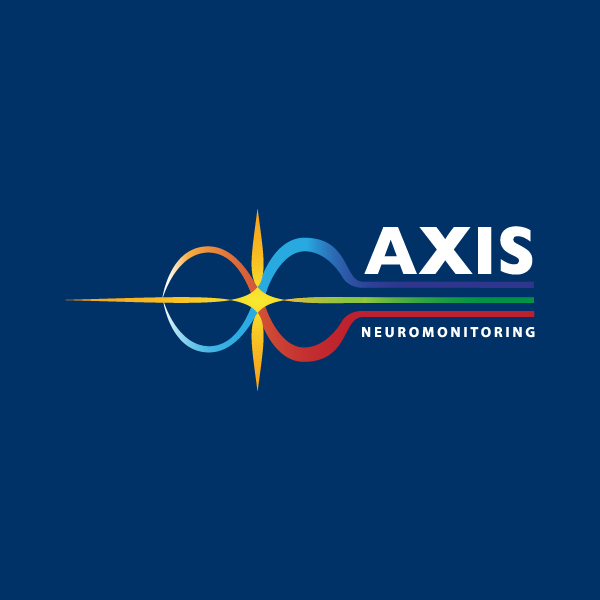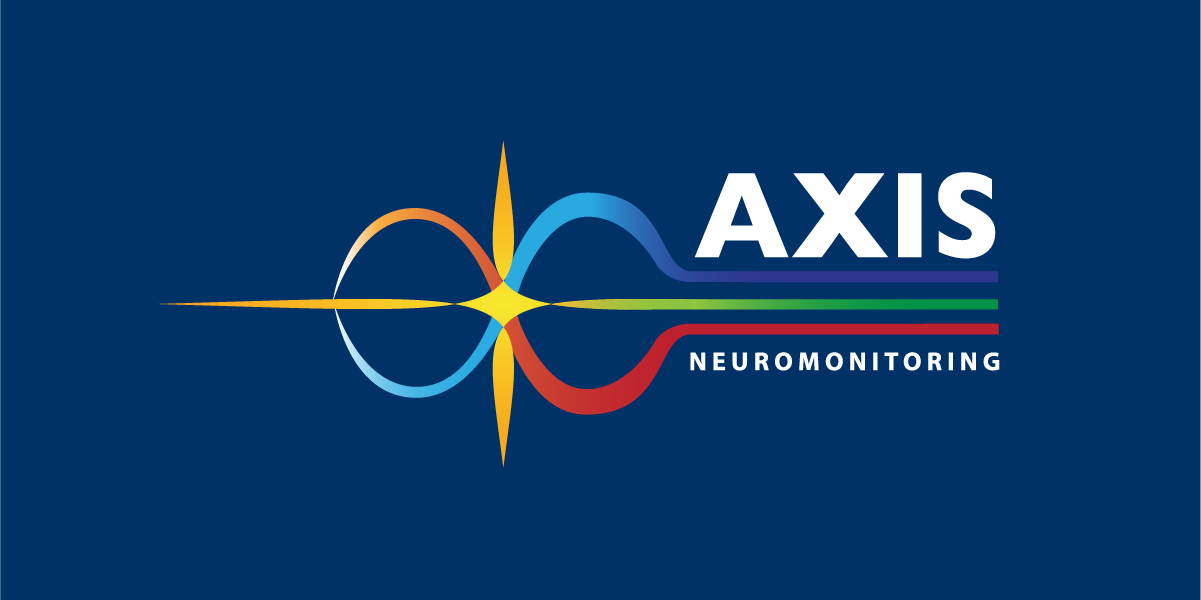The Impact of Screw Placement on Spinal Fusion Success: Why Precision Matters
April 30, 2025
Spinal fusion surgery is a critical procedure used to stabilize the spine and alleviate pain caused by conditions such as degenerative disc disease, spondylolisthesis, and spinal fractures. At the heart of a successful spinal fusion is the accurate placement of pedicle screws, which provide essential support during the healing process. However, even minor misplacement can lead to serious complications, including nerve damage, instability, and failed fusion.
For hospitals and surgical centers, ensuring precision in screw placement is not just a matter of surgical skill—it requires advanced monitoring techniques that improve accuracy and prevent complications.
Risks of Improper Screw Placement
Even a small deviation in pedicle screw placement can cause a range of complications, including:
- Nerve Damage and Neurological Deficits: Misplaced screws can impinge on spinal nerves, leading to chronic pain, muscle weakness, or numbness. In severe cases, this damage may be permanent, requiring additional interventions to manage symptoms.
- Spinal Instability and Nonunion: If screws fail to properly secure the vertebrae, the fusion may not heal correctly, leading to a nonunion. This can result in ongoing instability, pain, and the need for revision surgery.
- Vascular and Organ Injury: Pedicle screws placed outside of the intended path can puncture major blood vessels or organs, leading to potentially life-threatening complications such as hemorrhage or internal injury.
- Increased Revision Surgery Rates: Incorrect screw placement often necessitates corrective surgery, increasing surgical risks, healthcare costs, and recovery time for the patient.
How Advanced Monitoring Improves Accuracy
To minimize these risks, spinal surgeons now rely on neurophysiological monitoring tools that provide real-time feedback, allowing them to adjust placement as needed during surgery.
Triggered Electromyography (T-EMG)
T-EMG measures the response of motor pathways to electrical stimulation, helping detect whether a screw is too close to a nerve. If a screw produces a low threshold response, it may indicate improper placement, prompting immediate correction before closure.
Somatosensory Evoked Potentials (SSEPs)
SSEPs track sensory pathway integrity throughout the procedure, alerting surgeons to potential nerve compression. Any disruption in signals can indicate an issue, allowing for immediate intervention.
Spontaneous Electromyography (S-EMG)
Continuous EMG monitoring detects spontaneous nerve activity, providing real-time insight into potential nerve irritation. A quiet baseline suggests safe conditions, while increased activity may signal compression or impending damage from screw placement.
Image-Guided Navigation and Robotics
Technologies like fluoroscopy, CT-guided navigation, and robotic-assisted surgery provide enhanced visualization of bone structures and screw trajectories, allowing for precise placement and minimizing the risk of pedicle breaches.
The Impact of Precision on Patient Outcomes
When hospitals and surgical centers prioritize accurate pedicle screw placement, they see measurable improvements in surgical success rates. Benefits include:
- Reduced complication rates, lowering the risk of nerve injury and surgical failure
- Fewer revision surgeries, reducing costs and improving patient recovery
- Better long-term outcomes, ensuring greater spinal stability and pain relief
Why Surgical Centers Should Invest in Precision Tools
As spinal fusion procedures become more advanced, investing in neurophysiological monitoring and image-guided technology is essential for improving patient safety and surgical outcomes. By integrating these tools into standard practice, hospitals can:
- Enhance surgical precision, leading to higher success rates
- Minimize risks and complications, improving patient satisfaction
- Lower healthcare costs, reducing the need for additional interventions
The Future of Spinal Fusion Surgery
The success of spinal fusion surgery depends on precise pedicle screw placement. Even slight misalignment can cause severe complications, from nerve injury to fusion failure. By utilizing SSEPs, MEPs, forms of EMG, and advanced imaging, surgeons can ensure optimal placement, minimize risks, and improve patient outcomes.
For decision-makers in hospitals and surgical centers, prioritizing surgical precision and advanced monitoring tools is not just a best practice—it’s a necessity for delivering safer, more effective spinal procedures.
For more information on the benefits of neuromonitoring and its role in improving patient outcomes, please contact us at 888-344-2947.
Reference:



